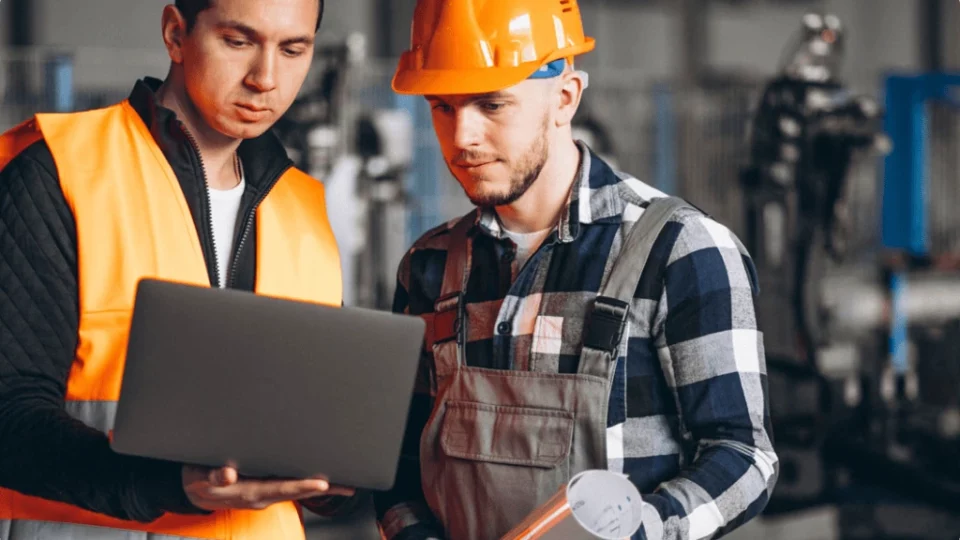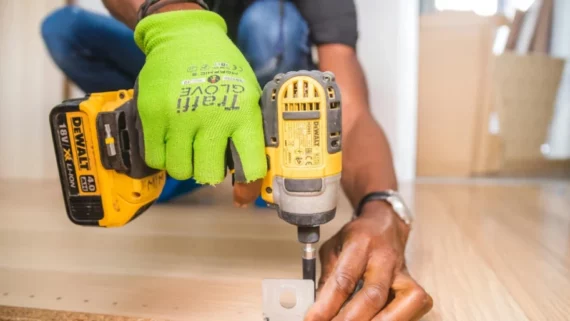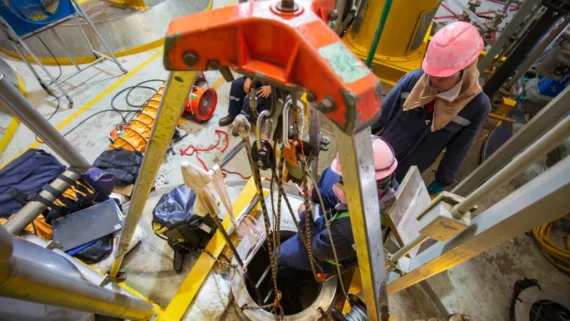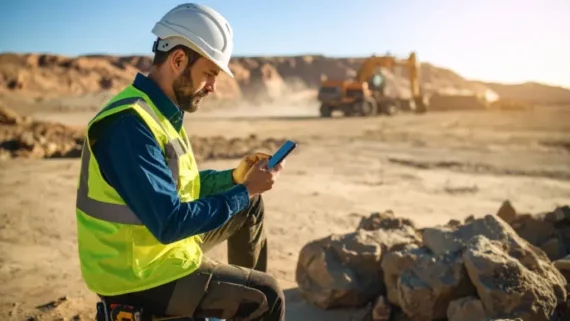The Lone Safety Hero Is a Lie
One worker. One act. One “save” that kept disaster off the board.
We’ve all heard that story. It’s inspirational. It’s also misleading.
Because if your safety depends on one person doing everything right… you’re already in trouble.
Hollywood Loves Heroes. Job Sites Shouldn’t.
Real-world safety isn’t built on instincts or superstars. It’s built on systems.
When things go smoothly on-site, it’s not thanks to someone going above and beyond. It’s because the steps were already baked into the process. Like buckling your seatbelt or testing the brakes before a drive—it’s just what you do.
People forget. Systems don’t. Especially when pressure’s high or sleep is short.
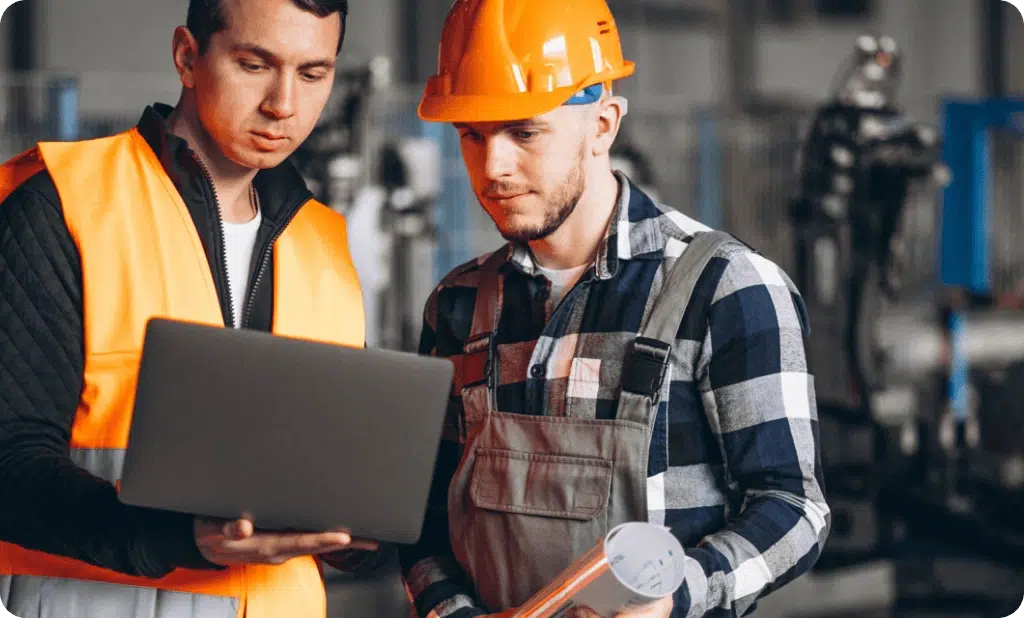
“At the end of the day, we still have to be responsible for our own personal safety. You can’t eliminate all risks… but being deliberate about your training puts you in a mindset where it makes it very, very difficult for you to actually get injured.” —Allan Moore
Mistakes don’t come out of nowhere. They usually grow in the cracks—poor communication, unclear protocols, a culture that says “get it done” louder than “get it done right.”
Experience Doesn’t Equal Immunity
Everyone in safety has a story. A moment they got lucky. But counting on luck isn’t protection—it’s procrastination.
Jeremy Desilets put it bluntly:
“Safety isn’t the job of the safety officer. It’s everyone’s job. Safety people should be mentors, not cops.”
Dr. Johanna Pagonis broke it down further:
“You can have the best systems and checklists—but if your people don’t feel empowered to speak up, to challenge, to care—your system is broken.”
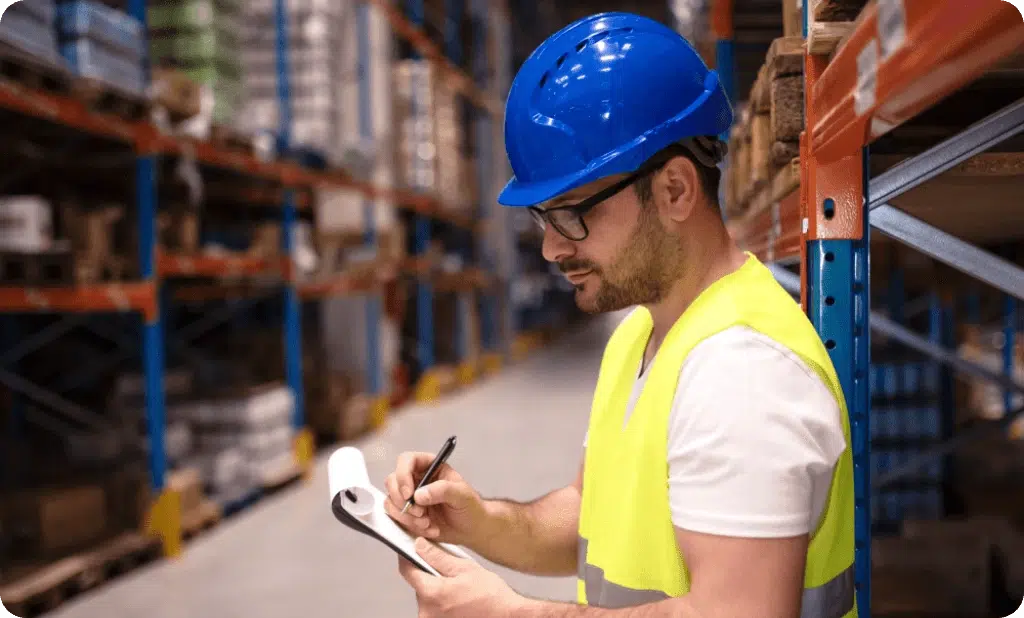
Jennifer Lastra hit another nerve:
“Even your best trainer is going to have their off days… But if the learners can’t relate—whether it’s mentally picturing what they’re talking about or physically having been there—there’s just a massive disconnect.”
Experience matters. But only when it’s paired with strong systems and support.
The Best Safety Work Happens Quietly
Look at MI Safety. Robin Postnikoff’s courses don’t just deliver content. They end with a real-world checklist the employer can use to confirm skills got through.
Look at what Guy Martin did in Peachland. He walked into a mess—safety handled off the side of desks—and built something real. He audited training, assessed risk, and wrote procedures that matched the work. That’s leadership. Not by command—but by creating a culture that works when no one’s watching.
“Culture is about inclusion. It’s about allowing everyone to have influence. Respect them… you’re not going to do that by directing people. You’re going to do that by including them.” —Jeff Mulligan
When people help shape the system, they stick to it. They own it.
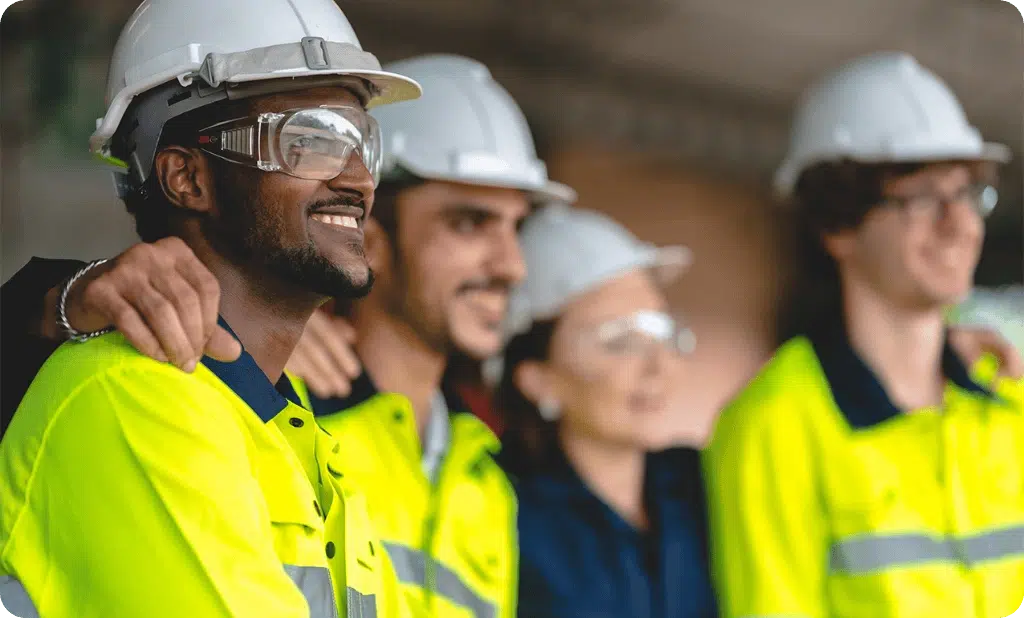
If You’re Relying on Joe, You’re Rolling the Dice
If your site is safe because Joe “just knows how it’s done,” then you’re a sick day away from a safety incident. Real safety survives turnover, time off, and tension. If it only works when one guy’s on shift, it’s not a plan. It’s a patch. Here’s What Real Safety Looks Like:
- Systems first. Not superheroes.
- Shared responsibility. Not job titles.
- Voices matter. Empower everyone to speak up.
- Practical skills. Tested in the field.
- Procedures that grow and adapt.
- Preparation for what-if’s—not just the everyday.
- Rewards for doing it right—not just doing it fast.
“We try to design the workplace, the equipment, the system to actually optimize the human… not only are they healthy and safe, but they’re actually more productive.” —Dr. Linda Miller
Safety doesn’t come from one person. It comes from everyone, operating within a system built to catch problems before they happen.
No cape required.

